International
Local SWAT team stopped Trump shooter, not Secret Service counter snipers: report
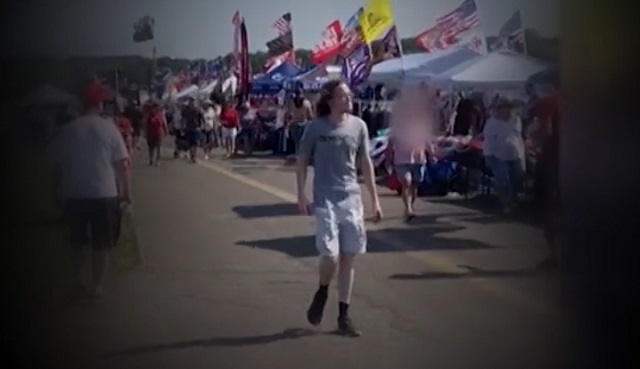
Still from video of Thomas Crooks walking toward the Trump rally the day of the assassination attempt
From LifeSiteNews
According to Rep. Clay Higgins’ preliminary findings, a Butler County SWAT officer fired the initial shot that stopped Thomas Matthew Crooks. The Butler County coroner was also unaware the FBI quickly released Crooks’ body for immediate cremation.
Representative Clay Higgins is a member of the congressional investigative task force looking into the assassination attempt by Thomas Matthew Crooks against President Trump. Rep. Higgins was also doing independent research prior to his appointment to the congressional committee, and he released his preliminary report findings today.
There are some remarkable revelations in the six-page PDF. One detail outlines how it was a Butler County SWAT officer who fired the initial shot that stopped Thomas Matthew Crooks after eight shots fired. The feds did not initially stop the assassin, the locals did. Another detail highlights how the Butler County coroner was not aware the FBI quickly released the body of Crooks for immediate cremation.

The 9th shot fired on J13 was from a Butler SWAT operator from the ground about 100 yards away from the AGR building. Shot 9 hit Crooks’ rifle stock and fragged his face/neck/right shoulder area from the stock breaking up. The SWAT operator who took this shot was a total bad***; when he had sighted the shooter Crooks as a mostly obscured by foliage moving target on the AGR rooftop, he immediately left his assigned post and ran towards the threat, running to a clear shot position directly into the line of fire while Crooks was firing 8 rounds. On his own, this ESU SWAT operator took a very hard shot, one shot. He stopped Crooks and importantly, I believe the shot damaged the buffer tube on Crooks’ AR. I won’t be certain of this until I can examine Crooks’ rifle, but I’m 99% sure based upon reliable eye-witness ESU tactical officers who observed Crooks’ rifle before the FBI harvested it as evidence. This means that if his AR buffer tube was damaged, Crooks’ rifle wouldn’t fire after his 8th shot. (Clay Higgins Report, pdf – page 4)

(Page 5, Higgins Report)
Reprinted with permission from Conservative Treehouse.
Automotive
Major automakers push congress to block California’s 2035 EV mandate
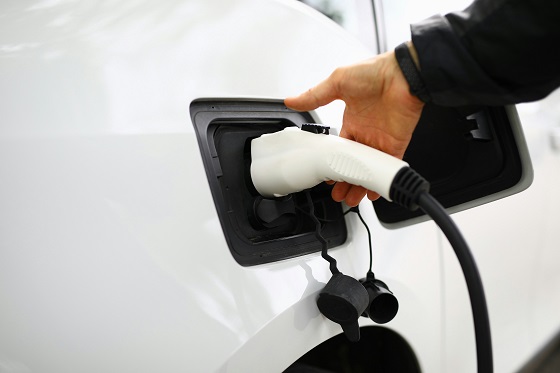
 MxM News
MxM News
Quick Hit:
Major automakers are urging Congress to intervene and halt California’s aggressive plan to eliminate gasoline-only vehicles by 2035. With the Biden-era EPA waiver empowering California and 11 other states to enforce the rule, automakers warn of immediate impacts on vehicle availability and consumer choice. The U.S. House is preparing for a critical vote to determine if California’s sweeping environmental mandates will stand.
Key Details:
-
Automakers argue California’s rules will raise prices and limit consumer choices, especially amid high tariffs on auto imports.
-
The House is set to vote this week on repealing the EPA waiver that greenlit California’s mandate.
-
California’s regulations would require 35% of 2026 model year vehicles to be zero-emission, a figure manufacturers say is unrealistic.
Diving Deeper:
The Alliance for Automotive Innovation, representing industry giants such as General Motors, Toyota, Volkswagen, and Hyundai, issued a letter Monday warning Congress about the looming consequences of California’s radical environmental regulations. The automakers stressed that unless Congress acts swiftly, vehicle shipments across the country could be disrupted within months, forcing car companies to artificially limit sales of traditional vehicles to meet electric vehicle quotas.
California’s Air Resources Board rules have already spread to 11 other states—including New York, Massachusetts, and Oregon—together representing roughly 40% of the entire U.S. auto market. Despite repeated concerns from manufacturers, California officials have doubled down, insisting that their measures are essential for meeting lofty greenhouse gas reduction targets and combating smog. However, even some states like Maryland have recognized the impracticality of California’s timeline, opting to delay compliance.
A major legal hurdle complicates the path forward. The Government Accountability Office ruled in March that the EPA waiver issued under former President Joe Biden cannot be revoked under the Congressional Review Act, which requires only a simple Senate majority. This creates uncertainty over whether Congress can truly roll back California’s authority without more complex legislative action.
The House is also gearing up to tackle other elements of California’s environmental regime, including blocking the state from imposing stricter pollution standards on commercial trucks and halting its low-nitrogen oxide emissions regulations for heavy-duty vehicles. These moves reflect growing concerns that California’s progressive regulatory overreach is threatening national commerce and consumer choice.
Under California’s current rules, the state demands that 35% of light-duty vehicles for the 2026 model year be zero-emission, scaling up rapidly to 68% by 2030. Industry experts widely agree that these targets are disconnected from reality, given the current slow pace of electric vehicle adoption among the broader American public, particularly in rural and lower-income areas.
California first unveiled its plan in 2020, aiming to make at least 80% of new cars electric and the remainder plug-in hybrids by 2035. Now, under President Donald Trump’s leadership, the U.S. Transportation Department is working to undo the aggressive fuel economy regulations imposed during former President Joe Biden’s term, offering a much-needed course correction for an auto industry burdened by regulatory overreach.
As Congress debates, the larger question remains: Will America allow one state’s left-wing environmental ideology to dictate terms for the entire country’s auto industry?
COVID-19
Former Australian state premier accused of lying about justification for COVID lockdowns
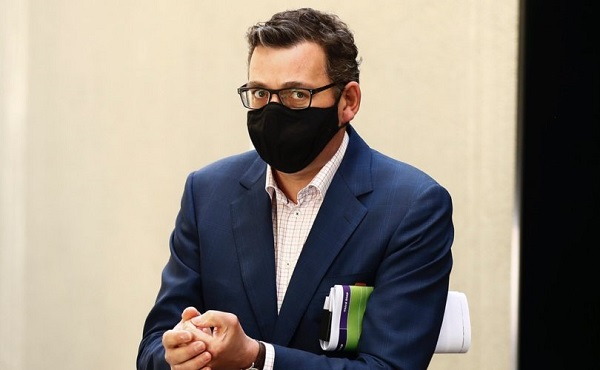
Daniel Andrews, Premier of Victoria
From LifeSiteNews
By David James
Monica Smit said she is launching a private criminal prosecution against Daniel Andrews based on ‘new evidence proving they enforced lockdowns without medical advice or evidence.’
The fiercest opponent of the former Victorian premier Daniel Andrews during the COVID crisis was activist Monica Smit. The government responded to her advocacy by arresting her for participating in anti-lockdown protests. When she refused to sign her bail conditions she was made, in effect, a political prisoner for 22 days.
Smit subsequently won a case against the Victoria Police for illegal imprisonment, setting an important precedent. But in a vicious legal maneuver, the judge ensured that Smit would be punished again. She awarded Smit $4,000 in damages which was less than the amount offered in pre-trial mediation. It meant that, despite her victory, Smit was liable for Victoria Police’s legal costs of $250,000. It was not a good day for Australian justice.
There is a chance that the tables will be reversed. Smit has announced she is launching a private criminal prosecution against Andrews and his cabinet based on “new evidence proving they enforced lockdowns without medical advice or evidence.”
The revelation that the savage lockdown policies made little sense from a health perspective is hardly a surprise. Very little of what happened made medical sense. For one thing, according to the Worldometer, about four-fifths of the people who tested positive for COVID-19 had no symptoms. Yet for the first time in medical history healthy people were treated as sick.
The culpability of the Victorian government is nevertheless progressively becoming clearer. It has emerged that the Andrews government did not seek medical advice for its curfew policies, the longest in the Western world. Andrews repeatedly lied when he said at press conferences that he was following heath advice.
David Davis, leader of the right wing opposition Liberal Party, has made public a document recording an exchange between two senior health officials. It shows that the ban on people leaving their homes after dark was implemented without any formal input from health authorities.
Davis acquired the email exchange, between Victorian chief health officer Brett Sutton and his deputy Finn Romanes, under a Freedom of Information request. It occurred two-and-a-half hours after the curfew was announced.
Romanes explained he had been off work for two days and was not aware of any “key conversations and considerations” about the curfew and had not “seen any specific written assessment of the requirement” for one.
He added: “The idea of a curfew has not arisen from public health advice in the first instance. In this way, the action of issuing a curfew is a mirror to the State of Disaster and is not occurring on public health advice but is a decision taken by Cabinet.” Sutton responded with: “Your assessment is correct as I understand it.”
The scale of the deceptions is becoming harder for most Australians to avoid if they are paying attention. The mainstream media, for example, is now running stories that the virus originated in a laboratory. Those who have memories will recall that in 2020 anyone suggesting that the virus was artificially made were accused of anti-China racism, especially the state broadcasters SBS and the ABC. Likewise, most politicians and academics dismissed the lab leak theory. To say the least, no one is holding up their hand to take responsibility for their errors.
The email exchange, compelling evidence of the malfeasance of the Andrews government, raises further questions. If Smit’s lawyers can get Andrews to respond under oath, one ought to be: “If you were lying about following medical advice, then why were you in such a hurry to impose such severe measures and attack dissenters?”
It remains a puzzle. Why did otherwise inconsequential politicians suddenly turn into dictatorial monsters with no concern for what their constituents thought?
The most likely explanation is that they were told it was a biowarfare attack and were terrified, ditching health advice and applying military protocols. The mechanism for this was documented in a speech by Queensland senator Malcolm Roberts.
If so, was an egregious error of judgement. As the Australian Bureau of Statistics showed, 2020 and 2021 had the lowest level of respiratory diseases since records have been kept. There was never a pandemic.
There needs to be an explanation to the Australian people of why they lost their liberty and basic rights. A private prosecution might achieve this. Smit writes: “Those responsible should face jail time, nothing less. The latest revelation of ‘document 34‘ is just the beginning. A public criminal trial will expose truths beyond our imagination.”
-
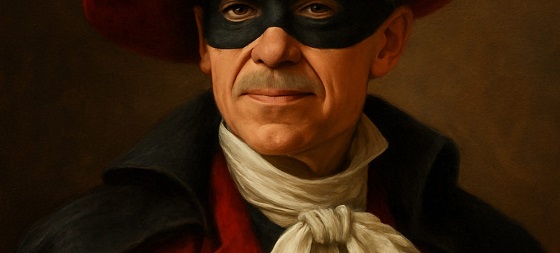
 2025 Federal Election2 days ago
2025 Federal Election2 days agoMark Carney: Our Number-One Alberta Separatist
-

 2025 Federal Election2 days ago
2025 Federal Election2 days agoNine Dead After SUV Plows Into Vancouver Festival Crowd, Raising Election-Eve Concerns Over Public Safety
-
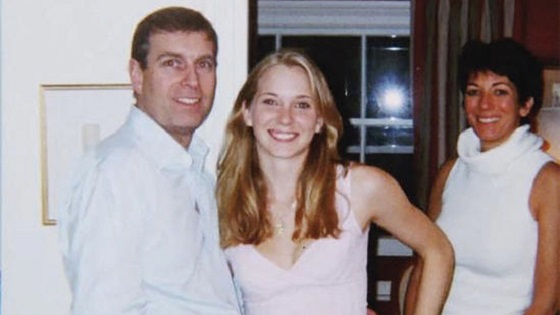
 International2 days ago
International2 days agoJeffrey Epstein accuser Virginia Giuffre reportedly dies by suicide
-

 2025 Federal Election2 days ago
2025 Federal Election2 days agoColumnist warns Carney Liberals will consider a home equity tax on primary residences
-
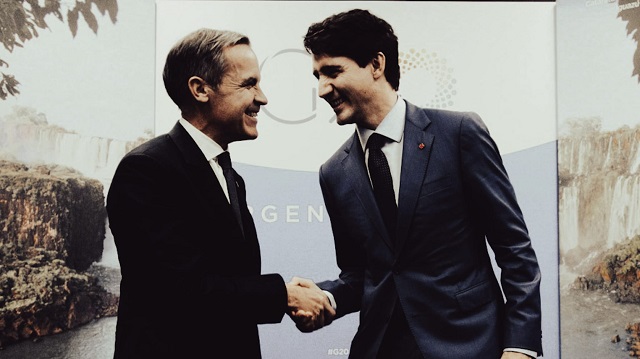
 2025 Federal Election1 day ago
2025 Federal Election1 day agoCanada is squandering the greatest oil opportunity on Earth
-
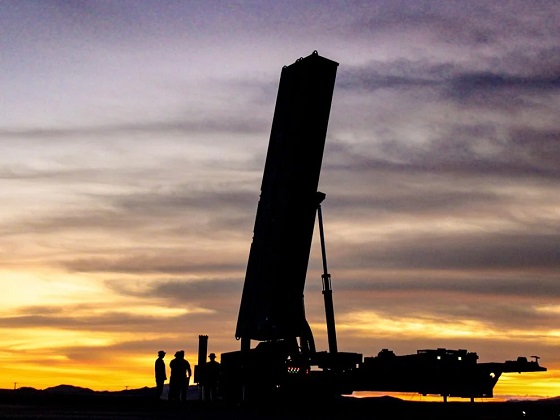
 International1 day ago
International1 day agoU.S. Army names new long-range hypersonic weapon ‘Dark Eagle’
-
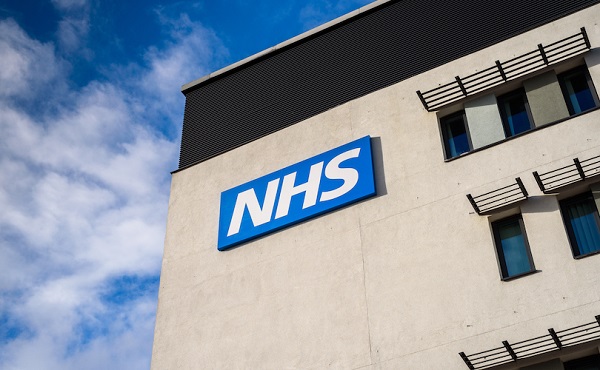
 Autism22 hours ago
Autism22 hours agoUK plans to test children with gender confusion for autism
-

 COVID-1921 hours ago
COVID-1921 hours agoFormer Australian state premier accused of lying about justification for COVID lockdowns

